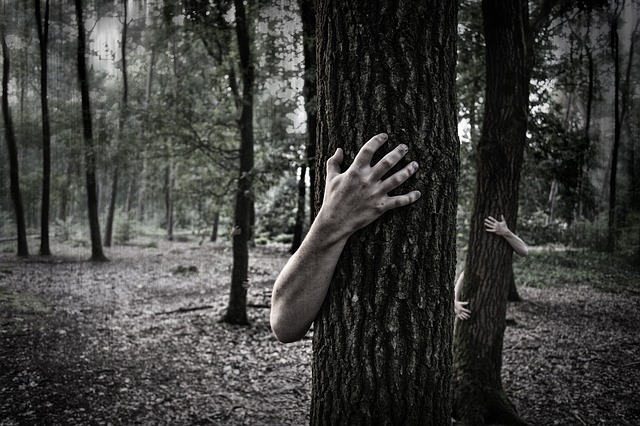It seems like The Walking Dead, but it is real life: authorities declared a state of emergency and experts recommend monitoring cemeteries.
Siberia is dealing with a real life’s zombie apocalypse – and it is the fault of global warming. An anthrax outbreak, a rare bacterium that infects animals and humans appeared in Yamal-Nenets region after the temperature in this summer was more than 5 ° C above normal.
The source of the outbreak appears to be the carcass of a reindeer died more than 70 years, the last anthrax epidemic. The animal’s body, buried in the tundra, housed during the cold a small colony of microbes, that spent seven decades inactive – for all intents and purposes, dead. But when it came to the heat, the body began to thaw and the bacteria returned to life at full speed, killing 1,500 reindeer and infecting more than 10 people.
The area of the outbreak was isolated and the entire population – human and animal – that left the region is in quarantine, the Siberian Times newspaper. The governor declared a state of emergency.
Anthrax bacteria have an amazing survival mechanism: when in unfavorable conditions such as extreme cold, it creates spores that are able to survive more than 100 years in permafrost (a land portion that never thaws), estimate the Russian scientists. When the temperature starts to rise, they are able to “raise” and return to a less resistant state, but gives more mobility to the microbes – and makes it much more infectious.
Even spores, anthrax is still able to cause infections – the most common is that cows and bulls end up eating the bacteria in their own pasture. Already humans end up contaminated inhaling the spores or having contact with sick animals. Treatment is with antibiotics such as penicillin and ciprofloxacin.
The last anthrax outbreak in the region was in 1941, although isolated cases have appeared recently in Russia. The concern of scientists and government is that the endemics of the bacteria become more common as the planet continues to heat up.
One of the great risks is an explosion of infections in Yakutia, a region that has more than 200 cattle burial spots, full of animal carcasses that have died in previous outbreaks, from where new bacteria may arise.
With this frightening scenario, the guidance of Russian researchers is typical of apocalypses zombie fiction: constant alert and monitoring cemeteries where victims of the disease have been buried.

